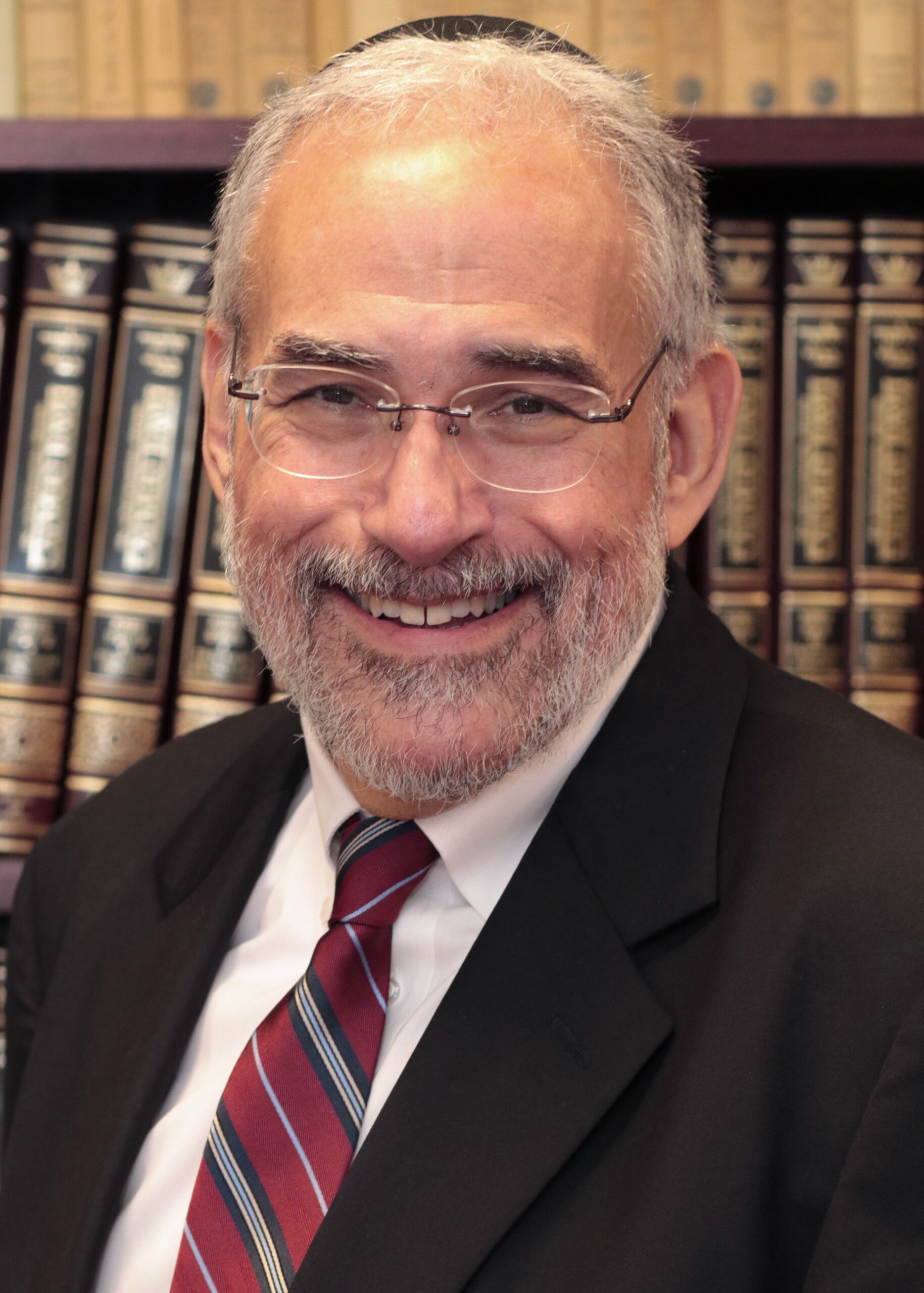Gamer or no, if you pay any attention to popular culture, you know at least a little about Pokémon Go, the mobile game which has been downloaded more than 8 million times since it’s July 5th release. That’s huge. But why is Pokémon Go so huge? And maybe more interesting, are some of the edgier ethical questions and stories arising from this otherwise fun phenom.
Whatever the “why” of Pokemon Go‘s popularity though, the “when” and “where” questions are really pushing people’s button. Is it cool, for example, to play games in a cemetery? How about at a Holocaust Museum?
Are there places where fun and games are simply not appropriate, or does the answer to those questions depend upon who is asking them, who is being asked, and toward what end the game is being played? Those are real issues arising from the entertainment juggernaut known as Pokémon Go.
The last time I recall a similar situation was the Seinfeld episode in which Jerry makes out with his girlfriend during Schindler’s List. That one struck me as a wisely provocative attempt to bridge the human impulse to shut down in the face of unspeakable horror, and the equally human impulse to affirm life and, in the words of Victor Frankl, search for meaning in those very same places. People catching Pokemon characters on their phones, as they walk through the National Holocaust Museum however, doesn’t strike me that way.
Maybe it’s because in Seinfeld the people weren’t real, even if the impulses it explores are, while real people are playing their way through exhibits about real genocide. Perhaps I fail to see the parallel because I genuinely believe that human sexuality is far more life-affirming than playing Pokémon Go, but that could just be a function of my age and/or personality. But I don’t think it’s just me. The fact that nobody who answered reporters’ questions about why they were playing in the Museum, was willing to give their full name, probably means that doing so is more problematic than even those gamers cared to admit.
I think the issues are pretty much the same when dealing with officials’ requests that people not play Pokémon Go when they are visiting Arlington National Cemetery. It just feels “off” to me – there, or in any other cemetery. That said, was the game a different game, or designed to better fit the context of the place in which one chose to play, or intended not to distract from one’s experience of the place, I could imagine it being a real and respectful option, even if not one I can imagine ever taking advantage of.
After all, what one person calls a game, another person experiences as a ritual, and vice versa. Is Kaddish a distraction from pain? Is it a way to soften its rough edges and provide solace when others might argue that we should feel nothing but agony? How about the bugles and flags? Do they dull our sense of loss, or give it problematic meaning by wrapping death in national pride? I hope these questions don’t hurt or offend.
I am simply suggesting that the place of gaming, the blurring of what we call “virtual” and what we call “real”, and the different ways in which people metabolize tragedy, are all more complex than any of our initial visceral reactions might lead us to believe. Perhaps if we can hold onto that, we can use this moment as more than one of personal gain for the makers of Pokémon Go, and polarization around yet another important moment in American public culture. Just a thought.

Listed for many years in Newsweek as one of America’s “50 Most Influential Rabbis” and recognized as one of our nation’s leading “Preachers and Teachers,” by Beliefnet.com, Rabbi Brad Hirschfield serves as the President of Clal–The National Jewish Center for Learning and Leadership, a training institute, think tank, and resource center nurturing religious and intellectual pluralism within the Jewish community, and the wider world, preparing people to meet the biggest challenges we face in our increasingly polarized world.
An ordained Orthodox rabbi who studied for his PhD and taught at The Jewish Theological Seminary, he has also taught the University of Pennsylvania, where he directs an ongoing seminar, and American Jewish University. Rabbi Brad regularly teaches and consults for the US Army and United States Department of Defense, religious organizations — Jewish and Christian — including United Seminary (Methodist), Yeshivat Chovevei Torah (Modern Orthodox) Luther Seminary (Lutheran), and The Jewish Theological Seminary (Conservative) — civic organizations including No Labels, Odyssey Impact, and The Aspen Institute, numerous Jewish Federations, and a variety of communal and family foundations.
Hirschfield is the author and editor of numerous books, including You Don’t Have To Be Wrong For Me To Be Right: Finding Faith Without Fanaticism, writes a column for Religion News Service, and appears regularly on TV and radio in outlets ranging from The Washington Post to Fox News Channel. He is also the founder of the Stand and See Fellowship, which brings hundreds of Christian religious leaders to Israel, preparing them to address the increasing polarization around Middle East issues — and really all currently polarizing issues at home and abroad — with six words, “It’s more complicated than we know.”

